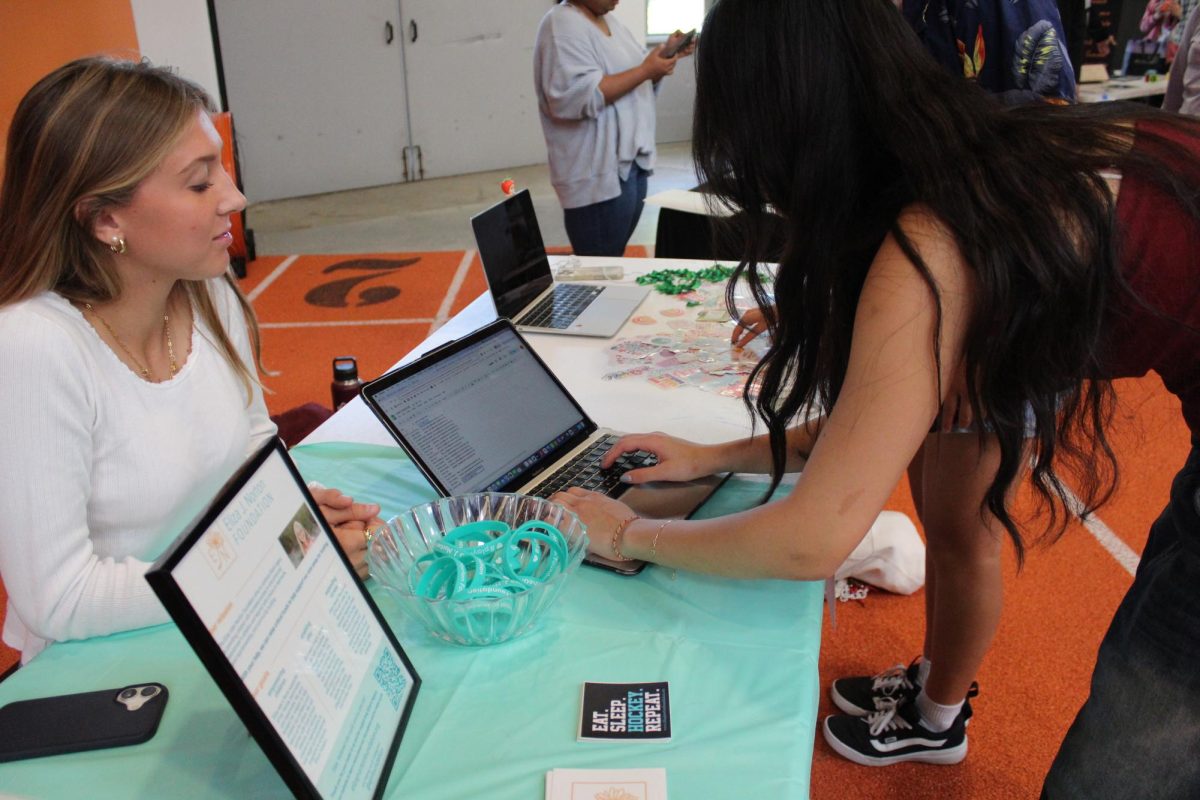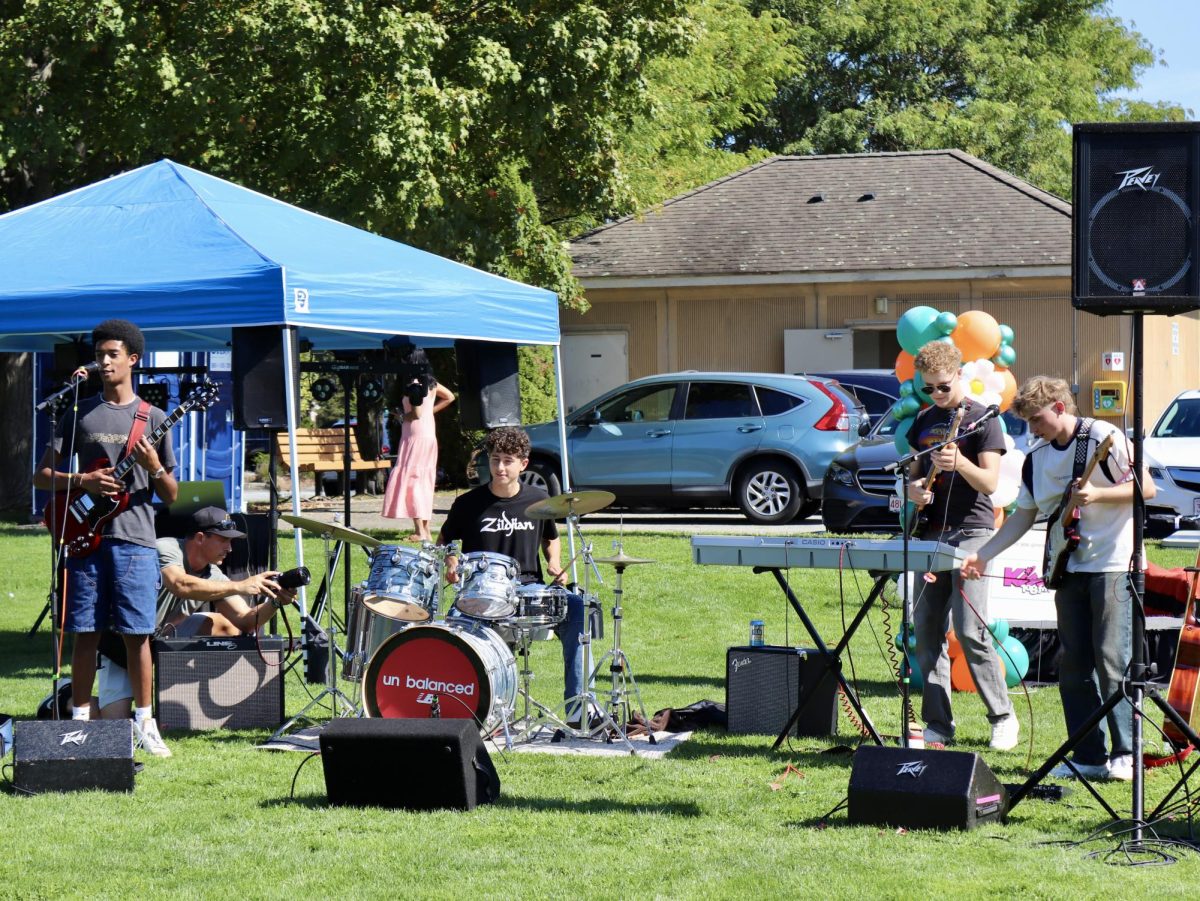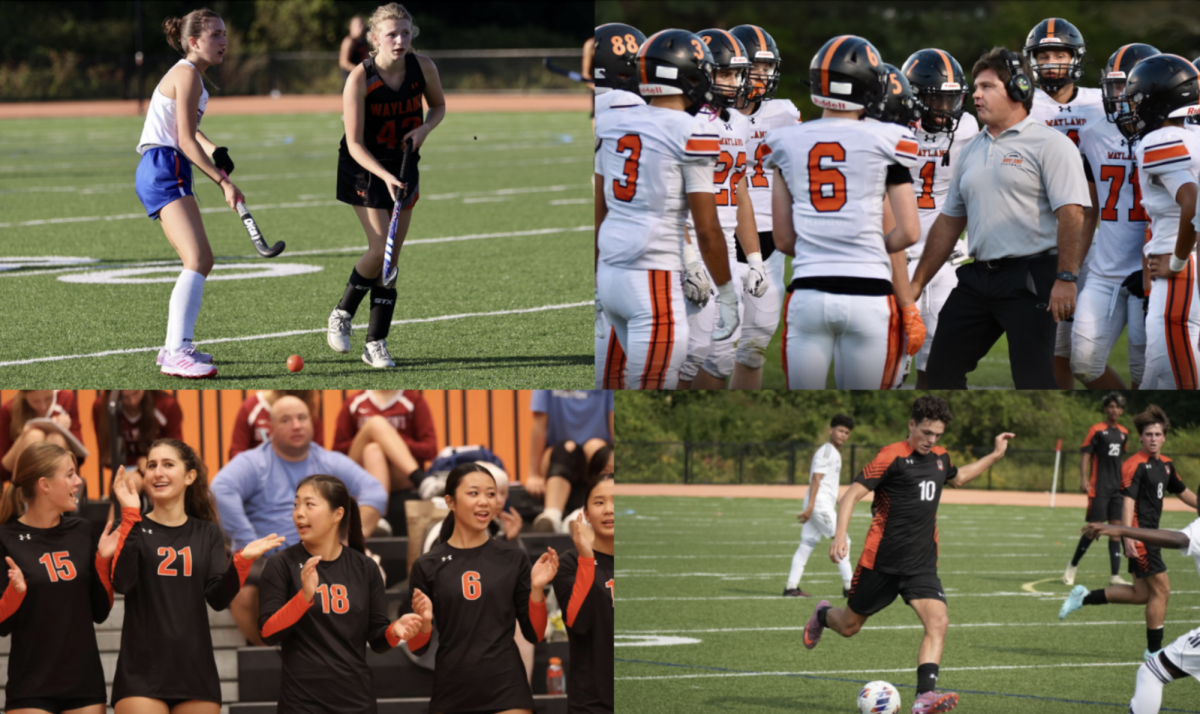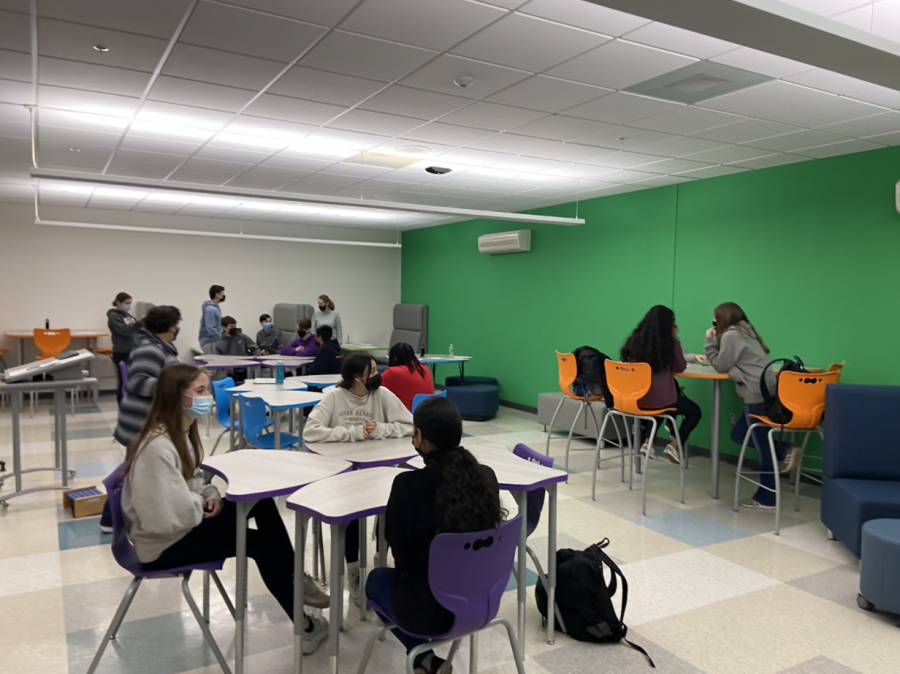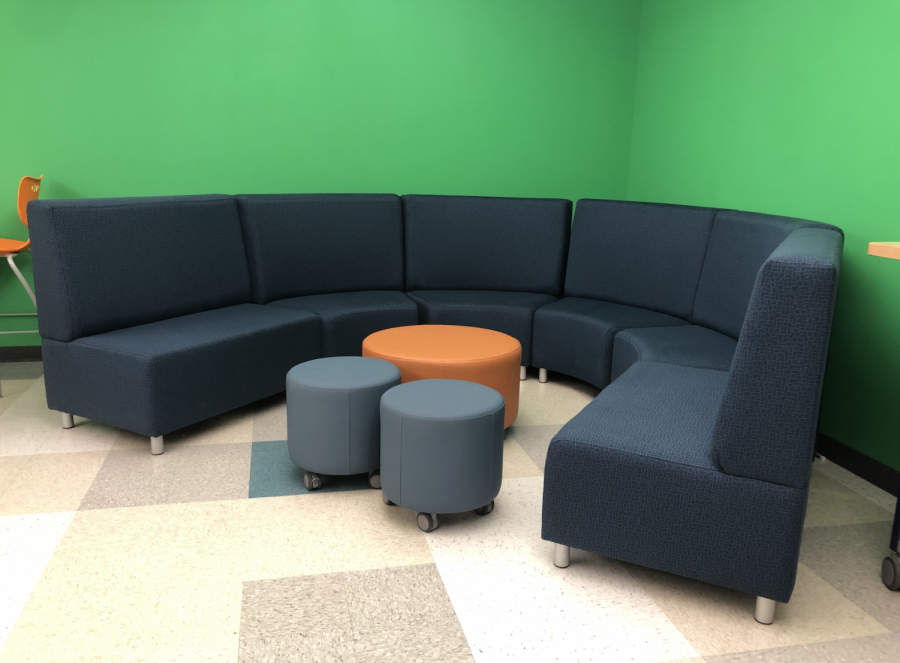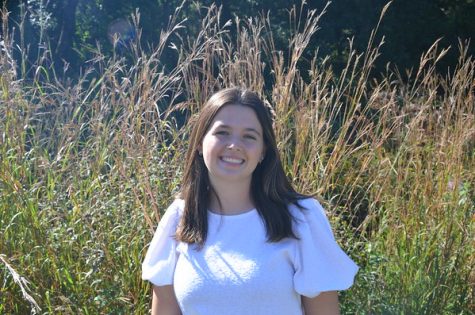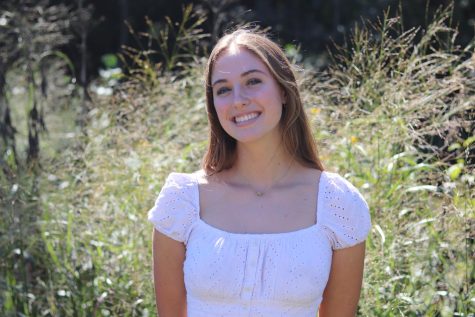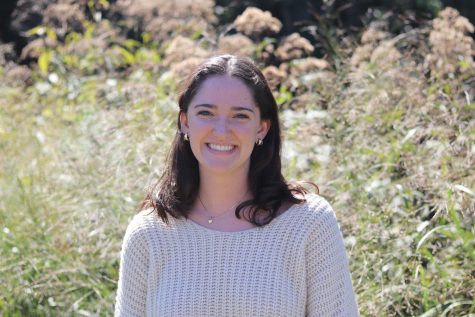Introduction to the CLC (Collaborative Language Commons)
Credit: Tess Alongi
Students practice their language skills in the newly created CLC (Collaborative Language Commons). The CLC was created by many language teachers who wanted to create a space that made learning more personable. “I think that it seems much more like a lounge than an actual classroom and it has much more of a friendly presence,” junior Natalia Homyak said. “It feels less stressful because it feels more natural than it would if you were talking through a microphone and separated.”
January 4, 2022
This article contains anonymous pull quotes from WHS students about their opinions on the CLC.
In the language department, things are looking a bit different. When the World Language Department Head and Spanish teacher Nicole Haghdoust and a few of her colleagues saw an opportunity to turn a previously bland room into a collaborative classroom to help students develop their language abilities, they seized it.
The process began when the language department realized it was hard to use what was once called the language lab for its true intent, fostering easy conversations between students. Sound blocking walls in between each desk and desks spaced in multiple rows inhibited practice of skills in oral language.
“They couldn’t have a conversation,” Haghdoust said. “It was kind of the language teaching pedagogy of the 1980s, so we decided that we really wanted to transform it into a communicative space.”
But this process required more than just removal of these barriers. To create the space they were imagining, Haghdoust and other language teachers decided to work towards renovating the entire room into something entirely different. This required approval and grants from the Wayland Public Schools Foundation (WPSF). Luckily for the language department, the foundation shared their vision and chose to back it, approving a grant.
“The whole idea was to create a space that mirrors what you might run into at a university or in the real world, a workspace that is more collaborative, more creative, more flexible,” grant liaison for WPSF Lana Murphy said.
However, their work would not end there. After approval in early March 2020, they found themselves having to entirely reconstruct and pause their plans when school got shut down due to COVID-19.
“They approved our grant right before the pandemic, like early March,” Haghdoust said. “Obviously because of the social distancing last year, although we had the go to buy all of the furniture and get it all set up, we had to wait until this year to start to use the space as it was really intended.”
Now that teachers and students are able to take advantage of the new space, many teachers have been able to use the new room to enhance students’ learning experiences. This new space makes it easier for lessons to be adapted to the curriculum that has been evolving over the last couple of years.
“I think that the language curriculum had already started to shift into work that was more peer based, more student based and more group based, so the CLC caught up with us,” Haghdoust said.
With new lessons involving station-based discussion and various conversations in smaller, spread out groups, many students are enjoying the new room as much as their teachers.
“I think that it seems much more like a lounge than an actual classroom, and it has much more of a friendly presence,” junior Natalia Homyak said. “It feels less stressful because it feels more natural than it would if you were talking through a microphone and separated.”



